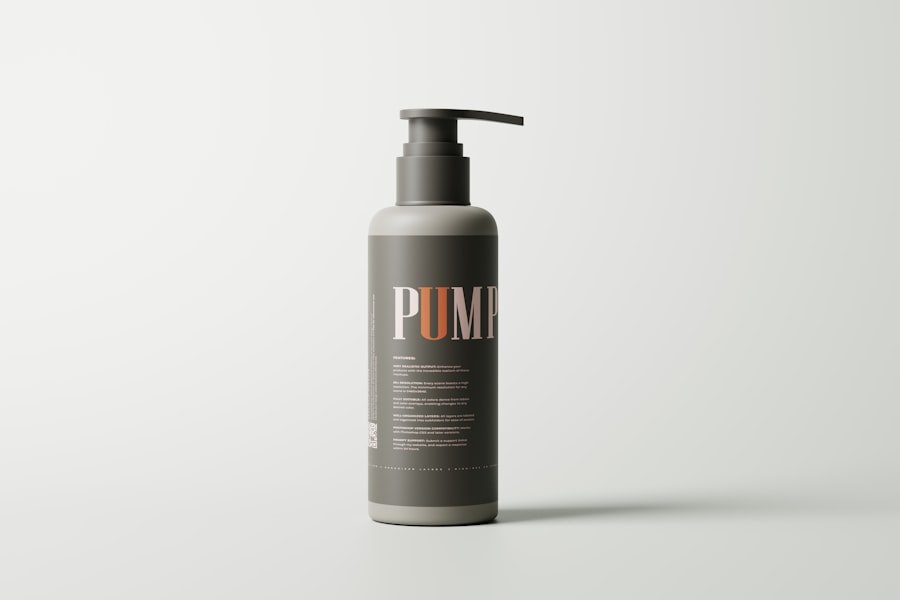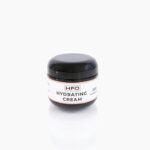When you consider laser hair removal, it’s essential to grasp how the process works. At its core, laser hair removal utilizes concentrated beams of light to target and destroy hair follicles. The laser emits a specific wavelength that is absorbed by the pigment in the hair, leading to its destruction while leaving the surrounding skin unharmed.
This method is not only effective but also relatively quick, making it a popular choice for those seeking a long-term solution to unwanted hair. Before you embark on your laser hair removal journey, it’s crucial to understand that multiple sessions are typically required for optimal results. Hair grows in cycles, and the laser is most effective during the active growth phase.
Therefore, you may need to schedule several appointments spaced weeks apart to ensure that all hair follicles are treated effectively. Additionally, the type of laser used can vary based on your skin type and hair color, so a consultation with a qualified professional is vital to determine the best approach for you.
Key Takeaways
- Laser hair removal targets hair follicles to reduce hair growth
- Shave the treatment area before the procedure and avoid sun exposure
- Apply aloe vera gel and cool compresses to soothe the treated area
- Use gentle cleansers and moisturizers to alleviate discomfort and redness
- Watch for any signs of infection and continue to moisturize and protect the skin
Preparing for Laser Hair Removal Aftercare
Preparation for aftercare begins even before your first session. You should avoid sun exposure and tanning products for at least two weeks prior to your appointment. This precaution helps minimize the risk of complications and ensures that your skin is in the best possible condition for treatment.
Additionally, you may be advised to shave the treatment area a day or two before your session, as this allows the laser to focus on the hair follicles without interference from longer hair. Post-treatment care is equally important. You should be prepared with soothing creams or gels that can help alleviate any discomfort following the procedure.
Your practitioner may recommend specific products that are gentle and designed for sensitive skin. It’s also wise to have a plan in place for how you will protect your skin from sun exposure in the days following your treatment, as your skin will be more sensitive and prone to irritation.
Day 1 After Laser Hair Removal: Immediate Aftercare Steps
On the first day after your laser hair removal session, you may notice some redness and swelling in the treated area. This is a normal reaction and typically subsides within a few hours. To manage this, applying a cool compress can provide immediate relief and help reduce inflammation.
You should also avoid hot showers, saunas, or strenuous exercise for at least 24 hours, as these activities can exacerbate irritation. Hydration is key during this initial recovery phase. Drinking plenty of water will help keep your skin hydrated from within, promoting healing.
Additionally, if your practitioner has recommended any topical treatments or soothing lotions, be sure to apply them as directed. Avoid using harsh skincare products or exfoliants on the treated area for at least a week to prevent further irritation.
Day 2-3 After Laser Hair Removal: Managing Discomfort and Redness
| Discomfort Management | Redness Management |
|---|---|
| Avoid hot showers and baths | Apply aloe vera gel to soothe the skin |
| Use cold compresses to reduce swelling | Avoid sun exposure and use sunscreen |
| Take over-the-counter pain medication if needed | Avoid using harsh skincare products |
As you move into days two and three post-treatment, you may still experience some residual redness or discomfort. This is completely normal and should gradually diminish over time. To manage any lingering discomfort, consider using over-the-counter pain relief medications as needed, but always consult with your healthcare provider before taking any new medication.
Opt for gentle cleansers that won’t irritate your skin, and apply a fragrance-free moisturizer regularly to maintain hydration. If you notice any unusual symptoms such as excessive swelling or blistering, don’t hesitate to reach out to your practitioner for guidance.
Monitoring your skin’s reaction during these early days will help ensure a smooth recovery process.
Day 4-7 After Laser Hair Removal: Monitoring Skin Reactions and Healing
By days four through seven, you should start to see significant improvement in your skin’s condition. The redness should be fading, and any discomfort should be minimal. However, it’s still essential to keep an eye on how your skin is healing.
If you notice any signs of infection, such as increased redness, warmth, or pus, contact your healthcare provider immediately. During this week, continue to prioritize gentle skincare practices. Avoid sun exposure as much as possible; if you must go outside, apply a broad-spectrum sunscreen with at least SPF 30 to protect your sensitive skin.
This will help prevent pigmentation changes and ensure that your skin heals properly. You might also want to avoid tight clothing in the treated area to minimize friction and irritation.
Week 2-4 After Laser Hair Removal: Maintaining Skin Health and Hydration

As you enter weeks two through four post-treatment, your skin should be well on its way to recovery. At this stage, it’s important to maintain a consistent skincare routine that focuses on hydration and protection. Continue using gentle cleansers and moisturizers while avoiding any products that contain harsh chemicals or exfoliants that could irritate your skin.
You may also begin to notice some hair regrowth during this period; however, it’s essential to remember that this is normal as not all hair follicles are destroyed in one session. Resist the urge to pluck or wax any regrowth; instead, allow your body to naturally shed these hairs over time. Keeping your skin well-hydrated will help facilitate this process and promote overall skin health.
Month 1-3 After Laser Hair Removal: Assessing Hair Growth and Follow-Up Treatments
As you reach the one- to three-month mark after your initial treatment, it’s time to assess how well the laser hair removal has worked for you. You may find that some areas have seen significant reduction in hair growth while others may require additional sessions for optimal results. It’s important to keep track of any changes in hair density or thickness so that you can discuss these observations with your practitioner during follow-up appointments.
During this time, you should also schedule any necessary follow-up treatments as recommended by your provider. These sessions are crucial for targeting any remaining hair follicles that may not have been effectively treated during your initial sessions. Consistency is key; adhering to the recommended treatment schedule will help ensure that you achieve the best possible outcome from your laser hair removal experience.
Long-Term Aftercare: Protecting Skin and Managing Hair Regrowth
Long-term aftercare is vital for maintaining the results of your laser hair removal treatment while ensuring that your skin remains healthy and protected. Continue using sunscreen daily, even on cloudy days, as UV exposure can lead to pigmentation issues and hinder healing. Additionally, consider incorporating antioxidant-rich serums into your skincare routine to further protect against environmental damage.
As for managing any potential hair regrowth in the future, it’s essential to remember that laser hair removal significantly reduces hair density but may not eliminate it entirely. If you notice any new growth after several months, consult with your practitioner about touch-up treatments or alternative methods of hair removal that may complement your results. By staying proactive about both skincare and hair management, you can enjoy smooth skin for years to come while minimizing any potential regrowth concerns.
If you’re interested in learning more about laser hair removal and how it can fit into your fashion and beauty routine, check out this article on inlaserhairremoval.
com/fashion-home-4/’>inlaserhairremoval.com. It provides valuable information on how to customize your laser hair removal treatment to suit your specific interests and needs. For more tips and advice on laser hair removal aftercare, be sure to visit their blog at inlaserhairremoval.com.
FAQs
What is laser hair removal aftercare?
Laser hair removal aftercare refers to the steps and precautions that should be taken after undergoing a laser hair removal treatment to ensure proper healing and optimal results.
Why is laser hair removal aftercare important?
Proper aftercare is important to minimize the risk of complications such as skin irritation, pigmentation changes, and infection. It also helps to promote effective hair removal and smooth, healthy skin.
What are the general aftercare guidelines for laser hair removal?
General aftercare guidelines for laser hair removal include avoiding sun exposure, using gentle skincare products, avoiding hot showers and baths, and avoiding activities that may cause excessive sweating.
What should I expect in terms of aftercare on the day of my laser hair removal treatment?
On the day of your laser hair removal treatment, you should expect to apply soothing products recommended by your provider, avoid sun exposure, and refrain from using harsh skincare products.
What should I expect in terms of aftercare in the days following my laser hair removal treatment?
In the days following your laser hair removal treatment, you should expect to continue avoiding sun exposure, using gentle skincare products, and avoiding activities that may cause excessive sweating. You may also experience some redness and sensitivity in the treated area.
How long do I need to follow the aftercare guidelines after laser hair removal?
You should follow the aftercare guidelines provided by your provider for as long as they recommend, typically for a few days to a week following your treatment. It is important to follow their specific instructions for the best results.







